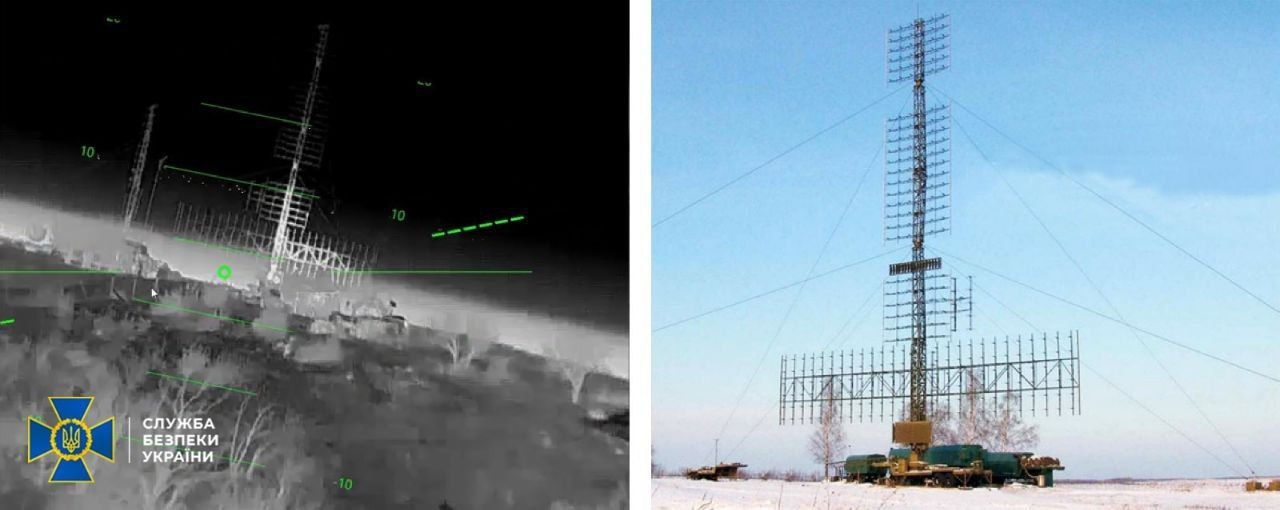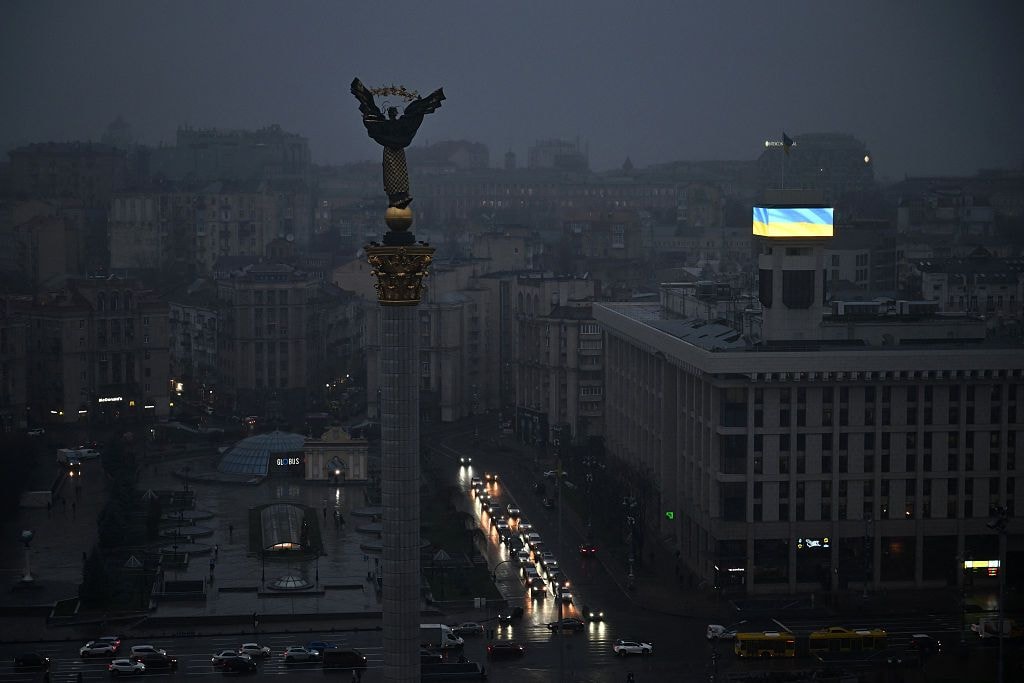What we know about the US, Ukraine minerals deal

LATEST: Kyiv, Washington reach agreement on minerals deal.
The media cycle around a natural resources deal between Washington and Kyiv has been nonstop as the two sides lock horns over an agreement that has escalated from speculative critical minerals to Ukraine’s fruitful oil and gas sector.
The relationship between the U.S. and Ukraine has been tense since negotiations began at the start of the month. The U.S. has reportedly put forth three proposals, of which the first two have been turned down by the Ukrainian side for not including security agreements, even as Washington ramped up the pressure.
As of Feb. 25, the two sides are currently hashing out the final details of the agreement. U.S. President Donald Trump said he will meet with President Volodymyr Zelensky “very soon” to sign it.
But as no details of the agreement have been officially released, the public has had to rely on a whirlwind of leaked information and drafts of the deal to get a sense of what’s at stake for Ukraine.
Trump first said he wanted to make a deal back on Feb. 3 and a proposal was presented to Zelensky by U.S. Treasury Secretary Scott Bessent on Feb. 12. Although the U.S. was keen to get the deal over and done with, Zelensky refused to sign over the lack of security guarantees, leading to an arduous back and forth for the last two weeks.
An apparent second proposal dated Feb. 21 that was leaked by Axios correspondent Barak Ravid, set out plans for a U.S.-owned “Reconstruction Investment Fund” that would require Ukraine to transfer 50% of future profits from its natural resources, including oil and gas, and infrastructure like ports.
Around the same time, Ukrainian media outlet New Voice on Feb. 22 reported, citing five sources close to the deal, that the second proposal was “much stricter” than the first one. In it, Washington would maintain 100% ownership of the fund, while Kyiv would have to contribute $500 billion to the fund as repayment for American aid to Ukraine. Again, no security guarantees were mentioned in the deal.
President Volodymyr Zelensky slammed the fund’s value, saying U.S. aid had totaled less than $100 billion. He told a conference in Kyiv on Feb. 23 that he wouldn’t sign “something that will be paid by 10 generations of Ukrainians,” particularly without security guarantees. The half-a-trillion-dollar demand is more than twice Ukraine’s pre-war GDP.
He also took aim at the proposal’s stipulation that the Ukrainian government should provide double the money given by the U.S. once the agreement is signed. “For every U.S. dollar, Ukraine must return two. In simple terms, this is 100% of the loan,” Zelensky said.
The proposals so far have ultimately given the White House as much control over Ukraine’s main sources of revenue as the Ukrainian government. In addition, the U.S. could earn more than 50% of revenue from assets in the occupied territories if they are liberated, Ukrainian media outlet Ekonomichna Pravda reported on Feb. 22.
Since the latest leaked draft, the agreement has changed, with the U.S. dropping the $500 billion request — although creating a fund is still on the table, Bloomberg reported citing sources close to the deal. The details will be ironed out after the agreement is signed, according to Bloomberg.
Former British Prime Minister Boris Johnson, backed the latest version, saying that “it’s better than it was” while speaking at the YES conference in Kyiv on Feb. 24.
“There will not be a penny incurred to that fund unless there is a free sovereign Ukraine. It says the profits will be reinvested at least annually. Ukrainians have negotiated it very, very well,” he added.
Johnson, a Trump supporter, encouraged Ukraine to sign the deal quickly while acknowledging that “it doesn’t go far enough on security.” Nonetheless, he believes it’s still a “prospect of progress for Ukraine.”
Bessent has framed the deal as an economic boost for Ukraine that will incentivize foreign investment. In an op-ed for the Financial Times on Feb. 22, he said the fund would be used for “the long-term reconstruction and development of Ukraine where the U.S. will have economic and governance rights in those future investments.”
During an interview with Fox News Sunday Morning Features on Feb. 23, Bessent said that the first part of the deal is a U.S.-Ukraine partnership for “strategic minerals, energy, and state-owned enterprises.” He added that Washington is offering an “economic security guarantee,” rather than meeting Kyiv’s demands for a military assurance.
The draft dated Feb. 21 stated that the U.S. wants to invest “in a free, sovereign, and secure Ukraine” and “a lasting peace.” While it made no mention of military guarantees, it said that the U.S. will work with Ukraine to “identify any necessary steps to protect mutual investments.”
How did we get here?
What was once Ukraine’s attempt to win over President Trump has descended into a ruthless battle that risks Kyiv giving up its natural resources in return for very little.
Kyiv first presented its natural resources, including critical minerals, to Senator Lindsey Graham in September 2024, but Ukraine delayed the deal until Trump’s election in order to appeal to the president’s business nature.
Trump zeroed in on Ukraine’s “rare earths,” although he likely meant critical minerals as Ukraine only has small deposits of rare earths, at the start of February. He said the minerals would be in exchange for American aid, claiming that Kyiv was ready to make a deal.
Ukraine claims to have $12 trillion worth of minerals, including 22 types listed by the EU as ‘critical,’ like titanium and lithium. In reality, the number is based on old Soviet-era estimations and Ukraine would need to carry out geological surveys to get a more accurate figure. Mineral deposits are also a state secret, despite calls to make them public.
The Trump administration seemed aware that minerals may be a gamble. The first proposal presented by Bessent on Feb. 12, expanded its list of demands to include all natural resources. Zelenskly turned down the deal, stressing the need for security guarantees.
Over the following days, the media leaked the details of the proposal sending shockwaves through Ukraine. Critics labeled the deal as “colonial” over its ask for 50% interest in resources and state-owned companies, including in the oil and gas sector. It also stated that “for all future licenses, the U.S. will have the priority right to purchase exported minerals.”
Ukraine handed over its own proposal on Feb. 14 during a meeting with their American counterparts at the Munich Security Conference. The next day Zelensky said he wouldn’t sign the agreement as it was “not ready” to protect Ukrainian interests.
Over the following days, the U.S. ramped up its rhetoric. Trump labeled Zelensky "a dictator"and the White House was reportedly considering shutting off Starlink satellite terminals, which are critical for soldiers on the front line, unless Kyiv signed the agreement. This was later refuted by Starlink owner, billionaire Elon Musk.
The White House sent Ukraine another version of the deal on the eve of Feb. 20, which then led to a lengthy overnight negotiation between Ukrainian and American officials.











